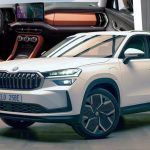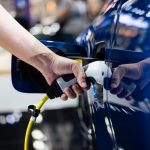Developing the Macan EV has presented challenges for Porsche in maintaining the brand identity in the age of electrification.
Porsche is getting ready to launch the all-electric Macan on January 25. Despite the Taycan being their first electric vehicle, the Macan EV holds special significance for Porsche as it is their first model to transition from an internal combustion engine to a purely electric one. The team of engineers responsible for the Macan EV understands that creating this model is more than just swapping out the engine.
Michael Mauer, Vice President of Porsche Style, mentioned that preserving the essence of the Macan in the electrification era is no easy task. Luckily, the team is no stranger to the pressure of maintaining the brand’s continuity while keeping the product fresh and relevant.
“Each new sports car we create must maintain the ‘Porsche essence’ while presenting a new character,” said Mauer. “The Macan EV also happens to be our first electric vehicle that already has a petrol-powered version. So, the question is: How ‘new’ should it be? What’s too much, and what’s just right?”
To ensure a smooth transition, Porsche focuses on three design elements: Focus, Tension, and Purpose. For example, in the Macan’s interior, “focus” means arranging all the controls in a way that the driver can easily reach them.
Mauer shared that the new curved screen in the Macan will help organize the interior around the driver. But the design team didn’t stop there. The brand aims to eliminate any unnecessary distractions that commonly exist in cars today, allowing the driver to remain focused on the road.
“We have also created a ‘minimalistic mode’ for the instrument cluster,” he stated. “This enables the driver to easily customize settings and concentrate on driving.”
This marks a bold decision in an automotive industry that increasingly chases after technology. Mauer emphasized that Porsche cannot afford to jeopardize its brand identity by incorporating every new high-tech gadget into their cars. However, having a strong brand recognition means that customers trust Porsche to only follow trends that enhance the driving experience.
New technologies can also complicate exterior designs. Mauer explained that the size of the battery pack poses a risk of distorting the width and height proportions of Porsche cars. However, thanks to the experience gained from developing the Taycan, the team has learned how to address this challenge.
And this skill is crucial because maintaining a consistent design language across different powertrain types has become part of the brand’s strategy. Fortunately, in some ways, electric powertrains easily lend themselves to creating SUVs and crossovers with Porsche’s distinctive characteristics.
“The electric powertrain system opens up new possibilities and presents new challenges. The absence of a large engine block gives us more freedom to optimize the car’s design more efficiently,” Mauer commented.
According to sources, the Macan EV will be the first Porsche model to utilize the dedicated high-end electric vehicle platform called the Premium Platform Electric (PPE). Porsche developed this platform in collaboration with Audi and shares it with the Q6 E-Tron/Q6 E-Tron Sportback models.
The Macan EV is expected to feature all-wheel drive, with two electric motors producing around 600 horsepower. Its battery pack is estimated to have a capacity of approximately 100kWh, providing a range of 500km per charge (based on WLTP standards). Additionally, the vehicle will offer 270kW fast charging, allowing the battery to reach 80% capacity in just 22 minutes from 10%.
Thái Son (Tuoitrethudo)
Reference: Carscoops

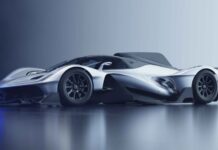
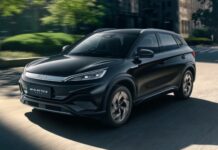
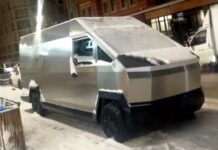
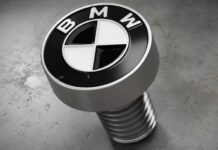

























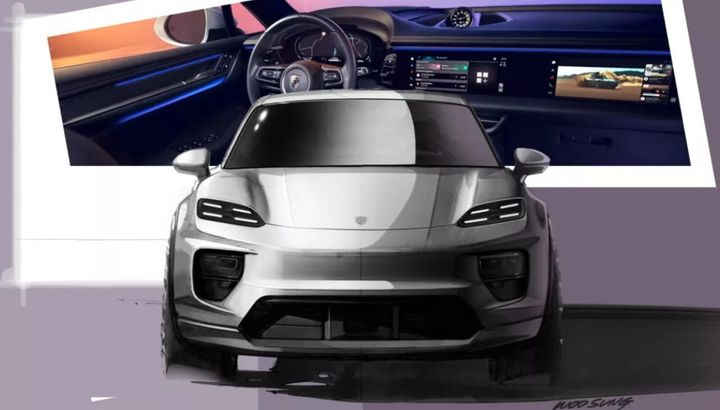
.jpg)
.jpg)
.jpg)
.jpg)
.jpg)
![[Quick Review] Ford Mustang: The Wild Horse with a Cowboy Spirit](https://vnauto.net/wp-content/uploads/2023/10/xehay-fordmustang-01092022-2-150x150.jpg)
![[CAR REVIEW] Upcoming launch of Peugeot 408 in Vietnam: Stunning design, surprising driving experience!](https://vnauto.net/wp-content/uploads/2023/10/xehay-peugeot408-19102023-4-150x150.jpg)
